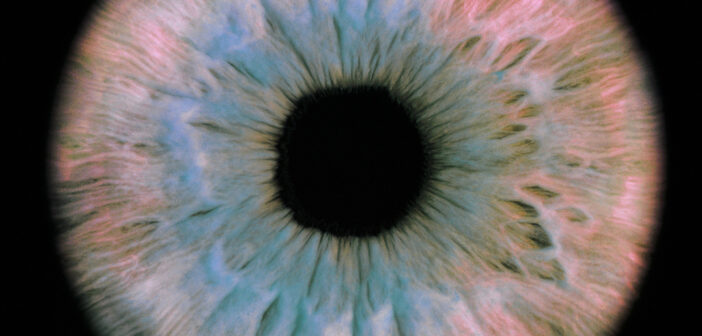Researchers discover pathway that connects light-sensitive cells with brain regions involved in mood, cognition.
From changes in daylight across seasons to artificial lighting in workplaces, it’s clear that the quantity and quality of light that a person encounters can significantly impact mood. Now, BioMed scientists think they know why.
In a study in the Proceedings of the National Academy of Science, a team led by Jerome Sanes, PhD, professor of neuroscience, used functional MRI to reveal how light-intensity signals reach the brain, and how brain structures involved in mood process those signals. They demonstrated that some regions of the cerebral cortex involved in cognitive processing and mood show sensitivity for light intensity.
The discovery has implications for understanding mood problems like seasonal affective disorder and major depressive disorders, as well as how to treat them, Sanes says.
“Identifying this pathway and understanding its function might directly promote development of approaches to treat depression, either by pharmacological manipulations or non-invasive brain stimulation in selected nodes of the pathway or with targeted bright-light therapy,” he says.
It’s well-known that changes in ambient lighting influence various basic functions, such as circadian rhythms, visual reflexes, mood, and likely cognitive processing, Sanes says. However, it had been unclear how these light-intensity signals reached the relevant areas of the human brain.
This study showed that the prefrontal regions of the human brain have light-sensitive signals, and that these signals are similar to the responses of photosensitive retinal cells that mainly function to sense light intensity.
Together, Sanes says, that may explain the effects of light intensity on complex emotional and cognitive behaviors. Future research could investigate how light affects these brain pathways and regions in people with mood disorders.
“How does that compare to a control group of healthy people not diagnosed with these disorders?” he asks. “Does light activate the same regions, and if so, are these regions more or less sensitive to light activation? What is the magnitude of difference in the effect? This is an area of ongoing investigation.”




